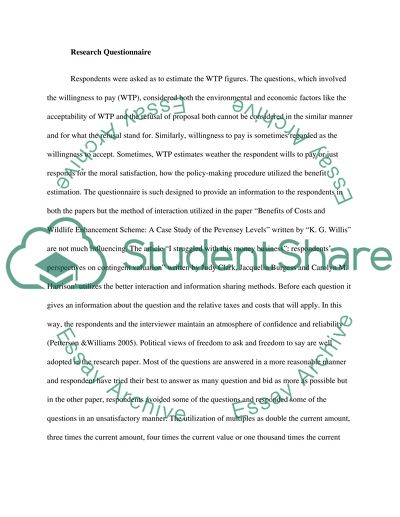Cite this document
(“Research Design Essay Example | Topics and Well Written Essays - 2750 words”, n.d.)
Retrieved de https://studentshare.org/marketing/1392162-research-design
Retrieved de https://studentshare.org/marketing/1392162-research-design
(Research Design Essay Example | Topics and Well Written Essays - 2750 Words)
https://studentshare.org/marketing/1392162-research-design.
https://studentshare.org/marketing/1392162-research-design.
“Research Design Essay Example | Topics and Well Written Essays - 2750 Words”, n.d. https://studentshare.org/marketing/1392162-research-design.


